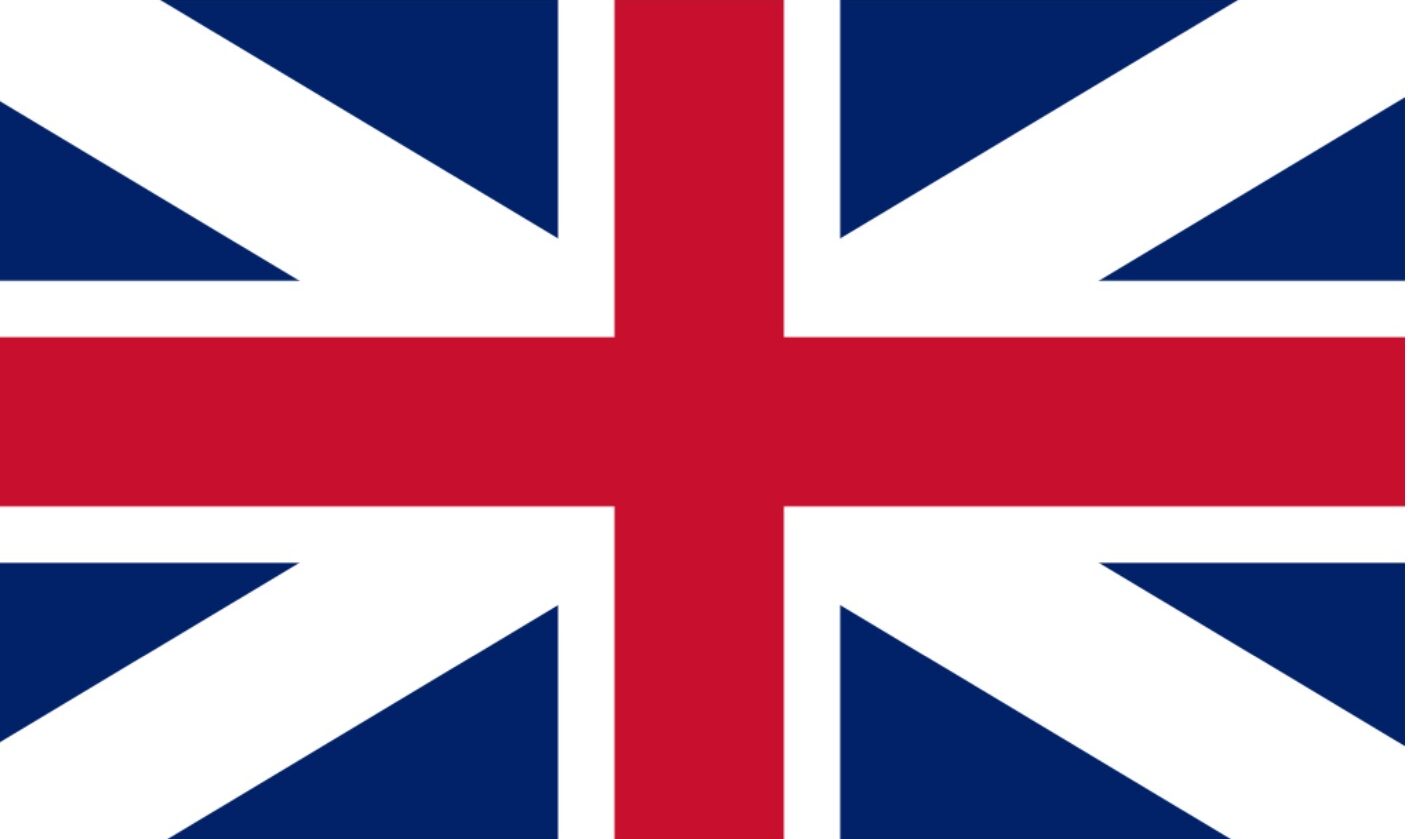Anthony Hollingshead1 was born about 1739 in Chester Township, Burlington County in the British Colony of New Jersey. He and his four siblings were great grandchildren of Quakers John and Grace Hollinshead1 who emigrated from London, England about 1680 seeking religious freedom. His mother, Hannah Rudderow was an Anglican so Anthony was raised an Anglican but with strong Quaker influence from his father William Hollinshead. Anthony married a Quaker, Elizabeth Conrow, who when she married Anthony was dismissed from the Society of Friends for ‘marrying out’ of the Quaker faith. Regardless, Anthony and Elizabeth raised their children with deep seated Quaker values.
Prior to the American Rebellion, feelings became so strong in New Jersey dividing communities and families. It became clear that a revolution was inevitable. The pacifist Quakers faced a dilemma, whether to sit by and do nothing or abandon their deep rooted Quaker religious beliefs and fight for what they believed was right.
Anthony decided to fight for what he believed was right. He could not support taking up arms against the King. He joined the New Jersey Loyalist Forces upon the outbreak of the armed conflict. By now he and Elizabeth had six children. The seventh child was born during the War.
When the Declaration of Independence was proclaimed in 1776, Anthony and his family were forced to abandon their home and belongings in Morris County and seek asylum within the Royal lines in New York. He became Lieutenant in the Third Battalion of the Brigade of New Jersey Volunteers (Loyalists) under Brigadier General Courtland Skinner. During the War his land, buildings, furniture, tools and stock were seized and sold. All they could keep were their clothing and provisions enough for three months. Loyalists who ventured home were insulted, tarred and feathered, whipped and even ham-strung.2
Anthony left the army in 1779 and remained in New York. The peace treaty signed in 1783 extinguished any hope of ever being able to remain in New England so they along with thousands of other Loyalists were evacuated by sea. Anthony and his family left New York in a refugee ship for Nova Scotia with little more than the clothes on their backs. They arrived in the Annapolis Basin of Nova Scotia in the summer of 1783 and settled just south of the coastal town of Digby.
In 1784 Anthony was granted three hundred acres of forest-covered land. Like the other loyalists the Hollingsheads had only the bare essentials to open up their new land. They made their own clothing, furniture, soap, candles and tools. They became exceptional builders and carpenters. This tradition has continued through generations of blacksmiths, wheelwrights, mechanics, engineers and scientists.
During the years 1794 and 1795, Anthony and Elizabeth and most of their now married children left Nova Scotia for the less crowded land and greater opportunities in Upper Canada The journey must have been difficult for these families because many of Anthony and Elizabeth’s grandchildren were very young.
Upon his arrival in Upper Canada Anthony applied for a land grant as an United Empire Loyalist. He was granted Lot 32 of Concession 1, 190 acres on the east side of Yonge Street near the village of Thornhill and lot 5 on Concession 4. He built a two room house on the Thornhill property and completed his settlement duties by 1801. The house had to be no less than 16 feet by 20 feet in size and facing Yonge Street. He lived there until 1817 when he sold the property to George Crookshank. This site is one of the oldest sites in Thornhill. The original house was built using mud and straw. It was one of the first mud block-houses on record in Ontario.2 Part of the original house shows in the present house.3 This property is now the location of Heintzman House, a heritage site in the town of Thornhill.
Anthony’s property in Nova Scotia was transferred back to the Crown for lack of completion of settlement duties.
Newmarket, just north of Thornhill, was by now a centre of a thriving Quaker Community. In November 1815, Anthony requested to be joined in membership with the “Friends”. In January 1815, he was received into the Society of Friends. It is believed that Anthony died about 1818, date and location unknown.
Anthony Hollingshead and Elizabeth Conrow were my great-great-great-great grandparents.
___________________________________
1 Much of this was taken from the Anthony Hollingshead website — www.anthonyhollingshead.org
2 Hollinshead becomes Hollingshead with Anthony Hollingshead. Both spellings are used by different branches of the original family today.
3 Wallace, W. Stewart — The United Empire Loyalists page 50.
Submitted by Margaret R. Baker UE
